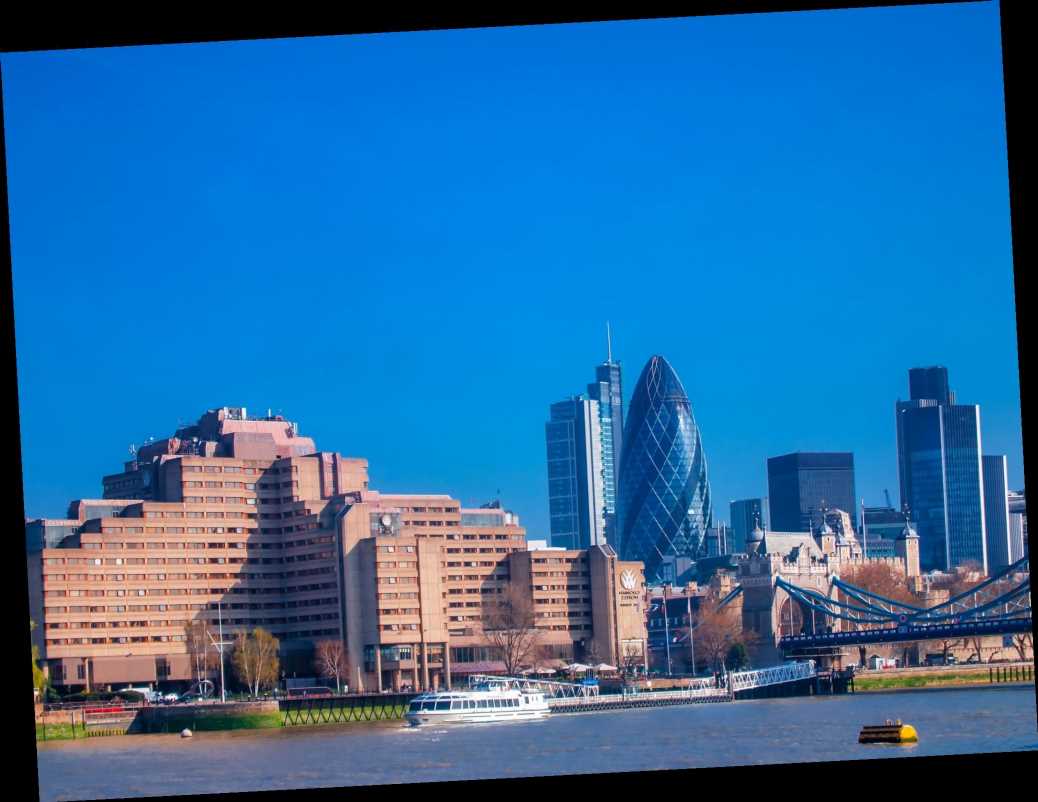BRITS will face extreme temperatures of up to 36C this week, with the hottest June day in 40 years expected tomorrow.
Keyworkers and other employees that cannot work from home may the heat extremely uncomfortable particularly if uniform or PPE is required, or if they need to use public transport.
On the other hand, those working from home might be missing air conditioned offices or their desk fans.
Here's everything you need to know about working when the weather is hot.
What rights do I have if it's too hot in the office?
Unfortunately, there's no legally defined minimum or maximum temperature for offices or other places of work.
Employers have to make sure conditions are "reasonable" – but what counts as reasonable is open to interpretation.
The Health and Safety Executive suggests that workplaces should have a minimum temperature of 16C.
For work that is very physical, for instance factory floors, it suggests a lower minimum of 13C.
Unfortunately it says that it cannot give a meaningful maximum temperature, because some kinds of businesses will be hot by definition – such as glass works or bakeries.
Bosses should ensure their workers have access to water and monitor their wellbeing in hot weather, according to HSE guidelines.
Typical symptoms of heat stress are:
- an inability to concentrate
- muscle cramps
- heat rash
- severe thirst – a late symptom of heat stress
- fainting
- heat exhaustion – fatigue, giddiness, nausea, headache, moist skin
- heat stroke – hot dry skin, confusion, convulsions and eventual loss of consciousness. This is the most severe disorder and can result in death if not detected at an early stage
What provisions are made for PPE wearers in high temperatures
MORE people are wearing personal protective equipment (PPE) than ever because of the coronavirus pandemic.
Where PPE is required it can cause heat stress due to its weight and the fact that it prevents sweat evaporating from the skin.
The HSE has a checklist explaining how businesses can protect PPE-wearing staff.
In says employers should:
- permit work to occur at a slower rate
- rotate staff out of this environment on a more frequent basis
- allow longer recovery times before permitting re-entry
- provide facilities for PPE to be dried so that it can be worn again for re-entry
- consider scheduling work to cooler times of the days
- periodically revisit risk assessments to consider processes could be automated or alternative systems of work/controls can be introduced
- re-evaluate PPE as newer PPE may be lighter and provide improved levels of protection and operator comfort
If you're a vulnerable employee – for example pregnant or menopausal – should take this into account when deciding on a plan of action.
The HSE says: “If a significant number of employees are complaining about thermal discomfort, your employer should carry out a risk assessment, and act on the results of that assessment.”
That means that if you're uncomfortable, you should tell your boss or HR and if enough people complain the business needs to investigate.
You may not get to work from home though, instead the business might provide fans, relax dress codes, turn up air con, or look at other measures to make things more comfortable.
The TUC has said it wants to make it illegal to keep people at work indoors if the temperature is above 30C.
People working from home may also be struggling. Here's our top tips for beating the heat.
What are the temperature recommendations?
The Chartered Institute of Building Services Engineers recommends the following temperatures for different working areas:
• Heavy work in factories: 13°C
• Light work in factories: 16°C
• Hospital wards and shops: 18°C
• Offices and dining rooms: 20°C
What are my rights if I need to take public transport?
Each transport company sets its own policies – and there's no law about temperatures during a heatwave.
This can mean that travellers face extremely high temperatures.
For example, in 2018, Londoners complained of 42C temperatures on the Tube – higher than the legal limit for transporting cattle.
Transport for London has said that all Tubes will be air-conditioned by 2030.
Unfortunately things are likely to be even more uncomfortable this summer, as Brits must wear a face covering on public transport.
Make sure you bring a bottle of water with you and if possible wear cool, loose clothing.
Source: Read Full Article


